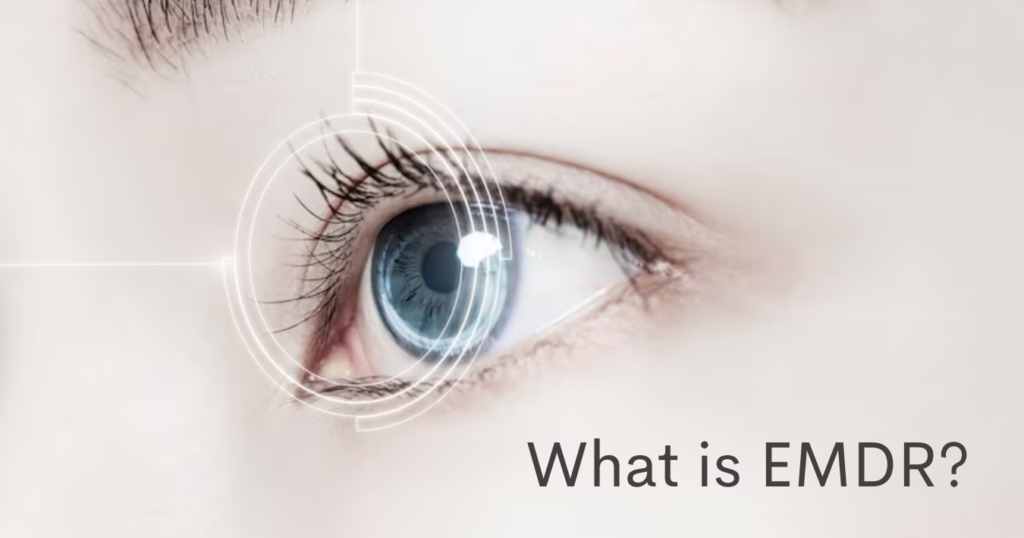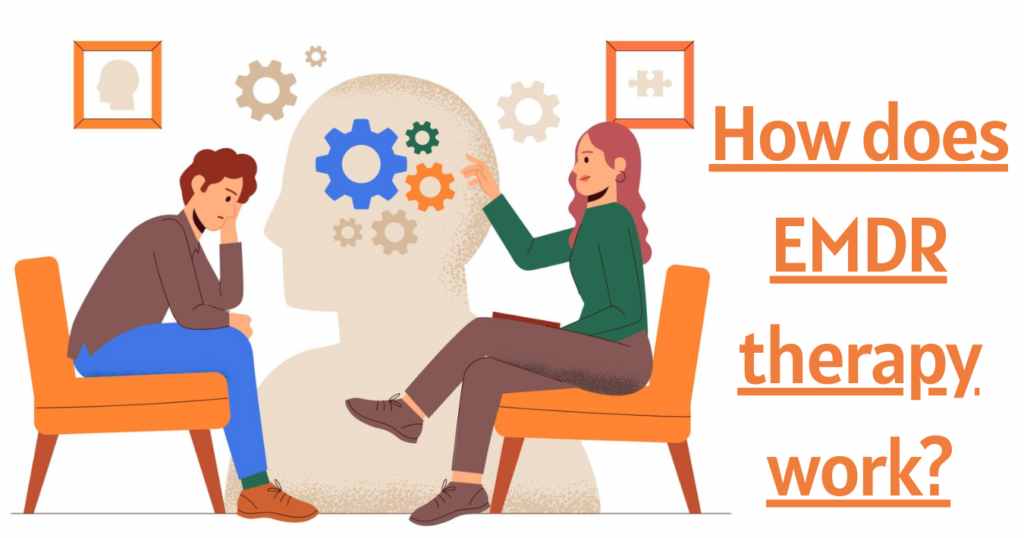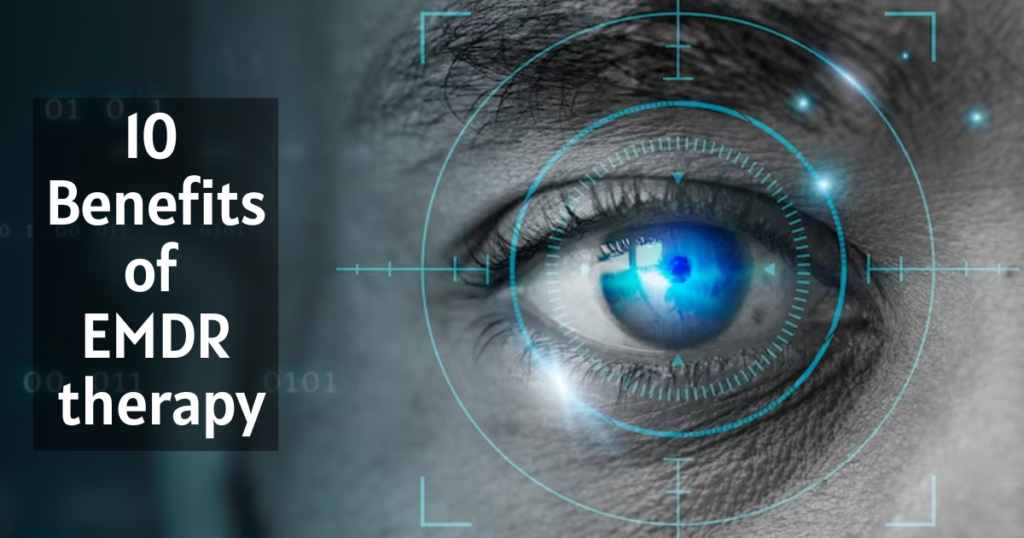In the realm of therapy and psychological healing, various approaches(like EMDR therapy) have emerged over the years to address the complex nature of trauma and its lasting effects on individuals. Eye Movement Desensitization and Reprocessing (EMDR) is a groundbreaking psychotherapy technique that has gained significant recognition and success in recent times. This blog aims to explore the principles, benefits, and application of EMDR, shedding light on how it helps individuals process traumatic experiences and embark on a journey towards healing and resilience. If you are looking for EMDR Therapist, book a free consultation with Dr. Invia Betjoseph

EMDR stands for Eye Movement Desensitization and Reprocessing, developed by psychologist Dr. Francine Shapiro in the late 1980s, is a form of psychotherapy designed to alleviate the distress caused by traumatic memories. It is a therapeutic approach that integrates elements from different treatment modalities, including cognitive-behavioral therapy (CBT), psychodynamic therapy, and bilateral stimulation. It operates on the premise that traumatic experiences can overwhelm the brain's natural ability to process and integrate information, leading to the persistence of distressing symptoms. EMDR combines elements of cognitive behavioral therapy (CBT) with bilateral stimulation techniques to facilitate the reprocessing of traumatic memories and promote adaptive resolution.

EMDR therapy typically involves eight phases that guide individuals through the healing process:

As EMDR continues to gain recognition and research support, its applications are expanding. It is increasingly being used in diverse contexts, including with children, couples, and in the treatment of other mental health conditions such as addictions. Additionally, EMDR is showing promise in non-clinical settings, such as performance enhancement and stress reduction.
Eye Movement Desensitization and Reprocessing (EMDR) stands as a remarkable therapy approach that offers hope and healing to individuals grappling with the lasting effects of trauma. By facilitating the reprocessing of traumatic memories and promoting the integration of adaptive beliefs and emotions, EMDR empowers individuals to embark on a transformative journey towards resilience and well-being. While EMDR may not be the right fit for everyone, its growing success and widespread adoption highlight its potential to reshape the field of trauma therapy. As more mental health professionals receive training in EMDR and more research is conducted, we can anticipate further refinements and advancements in the technique, allowing for even greater efficacy and application.
While EMDR may not be suitable for everyone, it offers hope and healing to those who have been burdened by the lingering effects of trauma and other distressing experiences. If you, or someone you know, has experienced trauma and is struggling with its aftermath, EMDR may be worth considering. Consult with a qualified mental health professional who is trained in EMDR to explore whether it is a suitable option for your specific needs and circumstances.
Remember, healing from trauma is a personal and unique journey, and there is no one-size-fits-all approach. EMDR offers a promising pathway to recovery, harnessing the brain's innate capacity to process and integrate experiences. It is a testament to the remarkable resilience of the human spirit and the power of therapy to facilitate growth and transformation.
In conclusion, Eye Movement Desensitization and Reprocessing (EMDR) has emerged as a pioneering therapy approach that brings hope and healing to individuals affected by trauma. By leveraging the brain's natural processing abilities and integrating various therapeutic techniques, EMDR has shown remarkable success in resolving traumatic memories and promoting adaptive resolution. As we continue to unlock the potential of EMDR through research and practice, we move closer to a future where trauma survivors can find solace, resilience, and a renewed sense of well-being.
Remember, healing is possible, and EMDR is a guiding light on that transformative journey towards reclaiming your well-being and living a more fulfilling life. At sanjosecounseling, Our expert therapists are providing EMDR therapy, Click here to Book a FREE consultation.

Dr. Invia A. Betjoseph is a licensed Marriage and Family Therapist, MFC 44618.
As a Psychotherapist, and a Certified Sex Addiction Therapist, he provides Psychotherapy, or Counseling and Sex Addiction Treatment for Sexual Addiction and Pornography or Porn Addiction.
© 2024 San Jose Counseling, Inc.
All Rights Reserved.